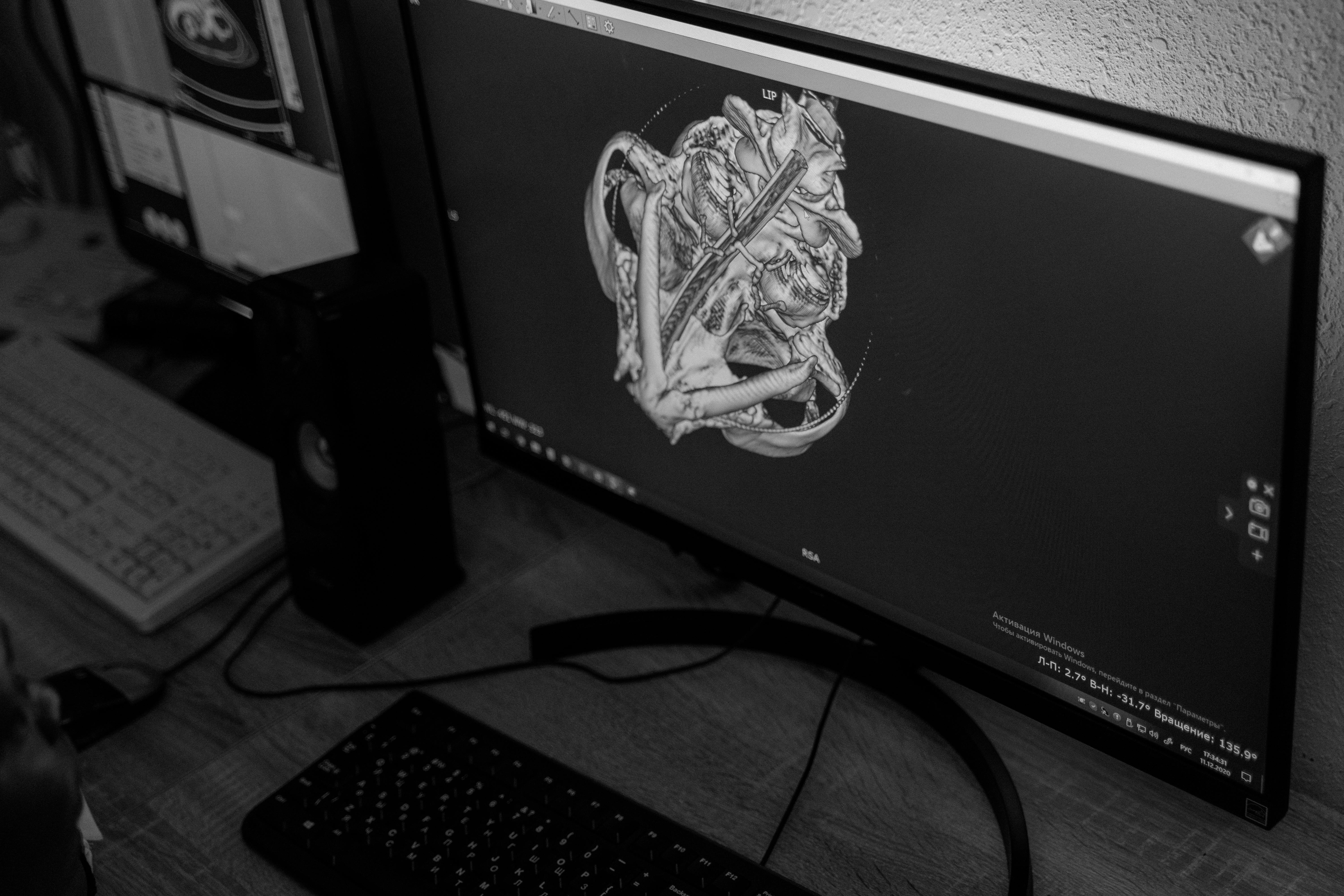
History of rifle scopes
Our rifle scopes are most directly related to refracting telescopes, the first practical versions of which were seen around 1608 in the Netherlands. These first refracting telescopes are attributed to Hans Lippershey and Zacharias Janssen, eyeglass makers, and Jacob Metius. We are probably most familiar with the name of Galileo Galilei, who learned of the invention in 1609 and proceeded to make his own version of it. The first experiments in giving shooters a telescopic sight date back to the early 17th century, but all early attempts had practical or performance limitations.
The first documented telescopic rifle sight was invented shortly after 1835 by Morgan James of Utica, New York. John R. Chapman, a civil engineer, worked with James on some of the concepts and design, and they produced the Chapman-James sight. In 1855, William Malcolm of Syracuse, NY, began producing his own view of it. Malcolm incorporated achromatic lenses like those used in telescopes. He also improved windage and elevation settings. Malcolm’s sights and those made by Mr. LM Amidon of Vermont were the standard during the Civil War.
Telescopic sights were used to good effect by both sides during the Civil War. There were a number of noteworthy shots and some rumors of hits from 1000 yards or more. In Spotsylvania, Union General Sedgwick was reportedly killed by a sniper from a range of 1000 yards. The actual distance measured is about 550 yards, which is still very impressive for a black powder rifle in combat conditions (the shooter fired from a tree).
Variable power rifle scopes were not developed until the late 1940s and it was several years before they were reliable products in both performance and longevity. They often would not return to zero after adjusting for elevation or windage and would fog up in wet conditions or simply from altitude changes. Waterproof scopes appeared around 1960.
The introduction of variable power riflescopes also introduced the problem of mounting the reticle in the first or second focal plane. In general, a scope with a first focal plane reticle will cost more than one with a second focal plane reticle. In first focal plane optics, the reticle cell is located at the front of the lenses that control the magnification level, so as the magnification level changes, the reticle will appear to get larger and smaller. from the shooter’s perspective. The reticle actually maintains its size in relation to the target, meaning range estimation, trajectory compensation, and drifts can be performed at any available magnification level.
The most common arrangement for a variable power rifle scope is to have the reticle in the second focal plane. This arrangement is cheaper to design and produce compared to a first focal plane reticle. The second focal plane reticle cell mounts to the end of the erector tube so that as the level of magnification changes, the reticle will appear to stay the same size. This means that precise ranging, holds, and leads can only be done on a rise setup without some sort of conversion.
The basics of scope design have remained much the same since the 1960s with a few added details such as multi-coated lenses in the 1970s and parallax adjustment (only greater than 8x magnification needed), and illuminated reticles that can Extend shooting times in the morning and at night. The basic sight has been improved in a multitude of varieties including adaptations of the military Mil-Dot rangefinder system. Each manufacturer has also created proprietary range-finding reticles.
The most recent and significant change in rifle scope design is the incorporation of laser rangefinders into the scope itself. In 1997, Swarovski Optik introduced the LRS series telescopic sight, the first rifle scope on the civilian market with an integrated laser rangefinder. The LRS could measure ranges up to 600 meters (660 yd). LRS scopes are no longer manufactured, but Burris and Bushnell market scopes with similar but superior features. Scopes are available in all price ranges and with a wide variety of options. Carefully consider your needs and evaluate the available options and you will find a rifle scope that is perfect for you. If you need a laser range finding scope or other rangefinder scope, please visit http://www.rangefinderriflescopes.com







